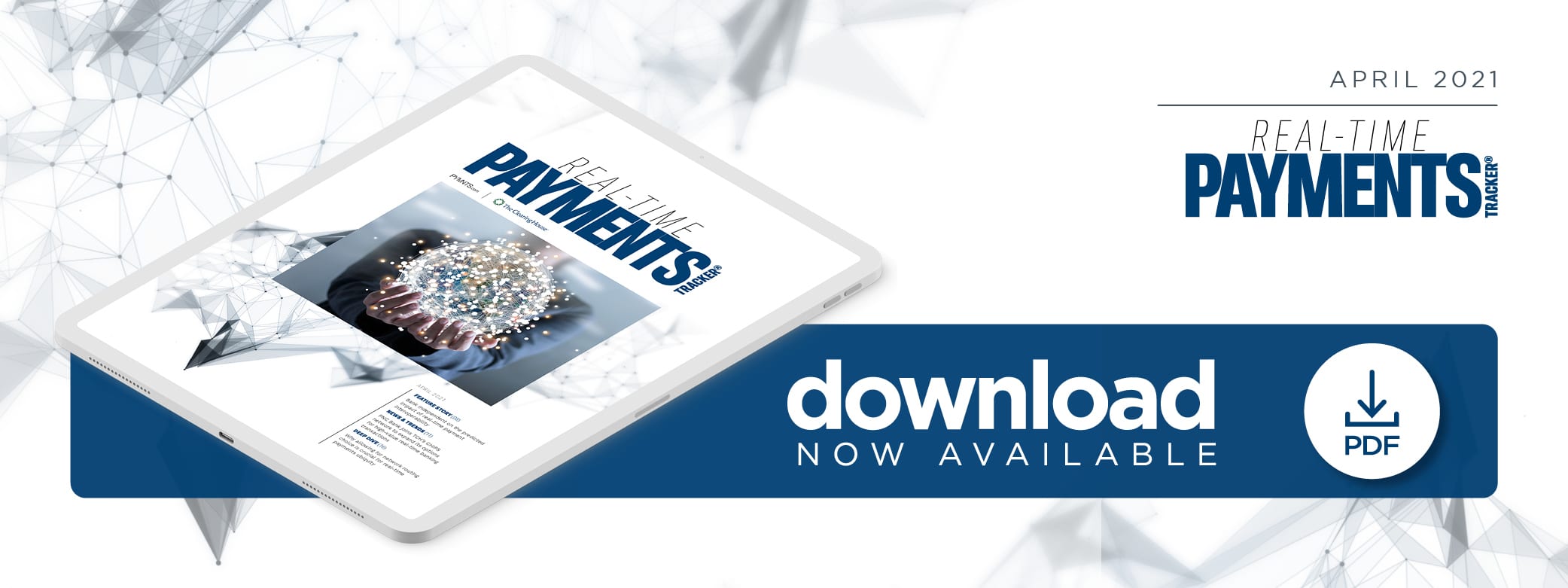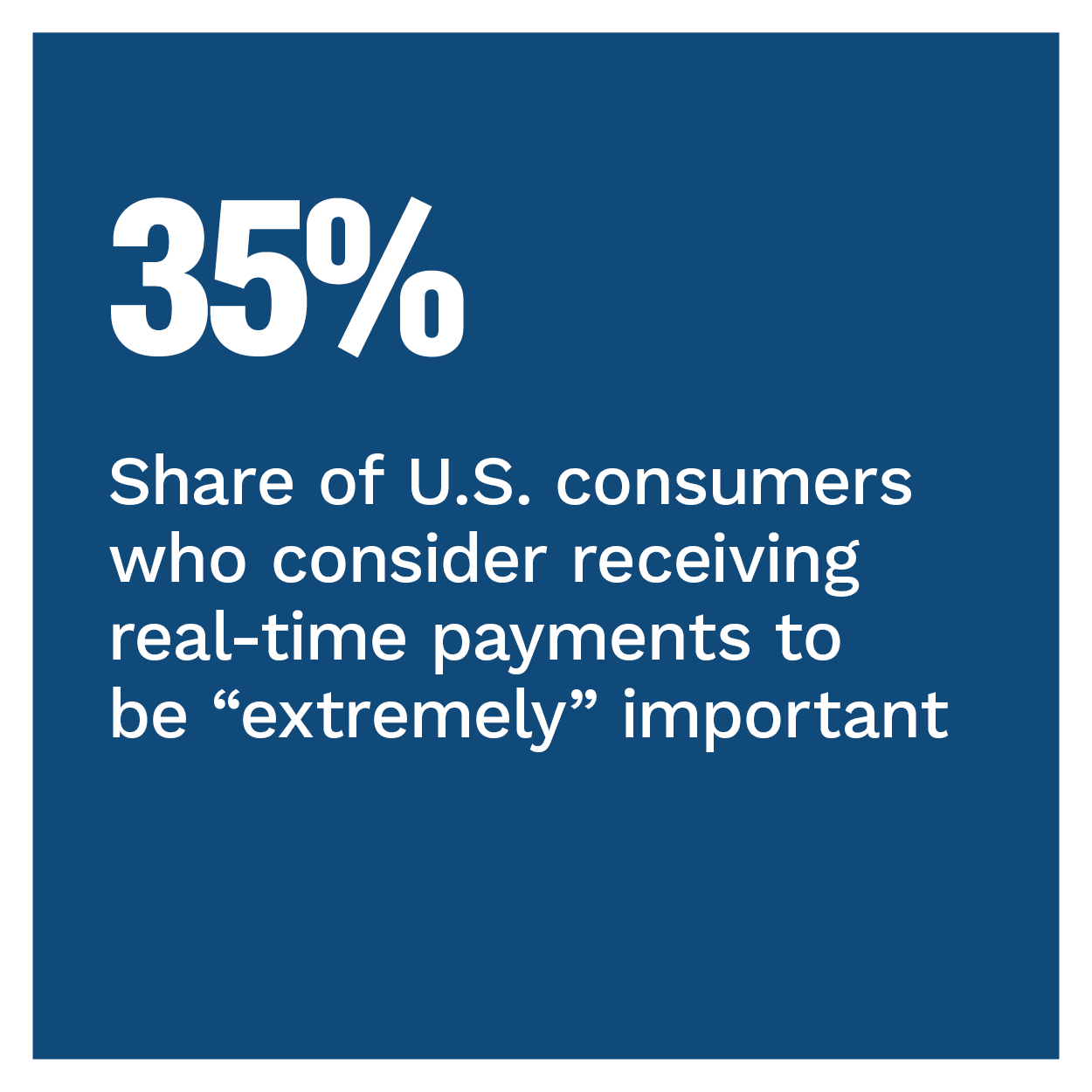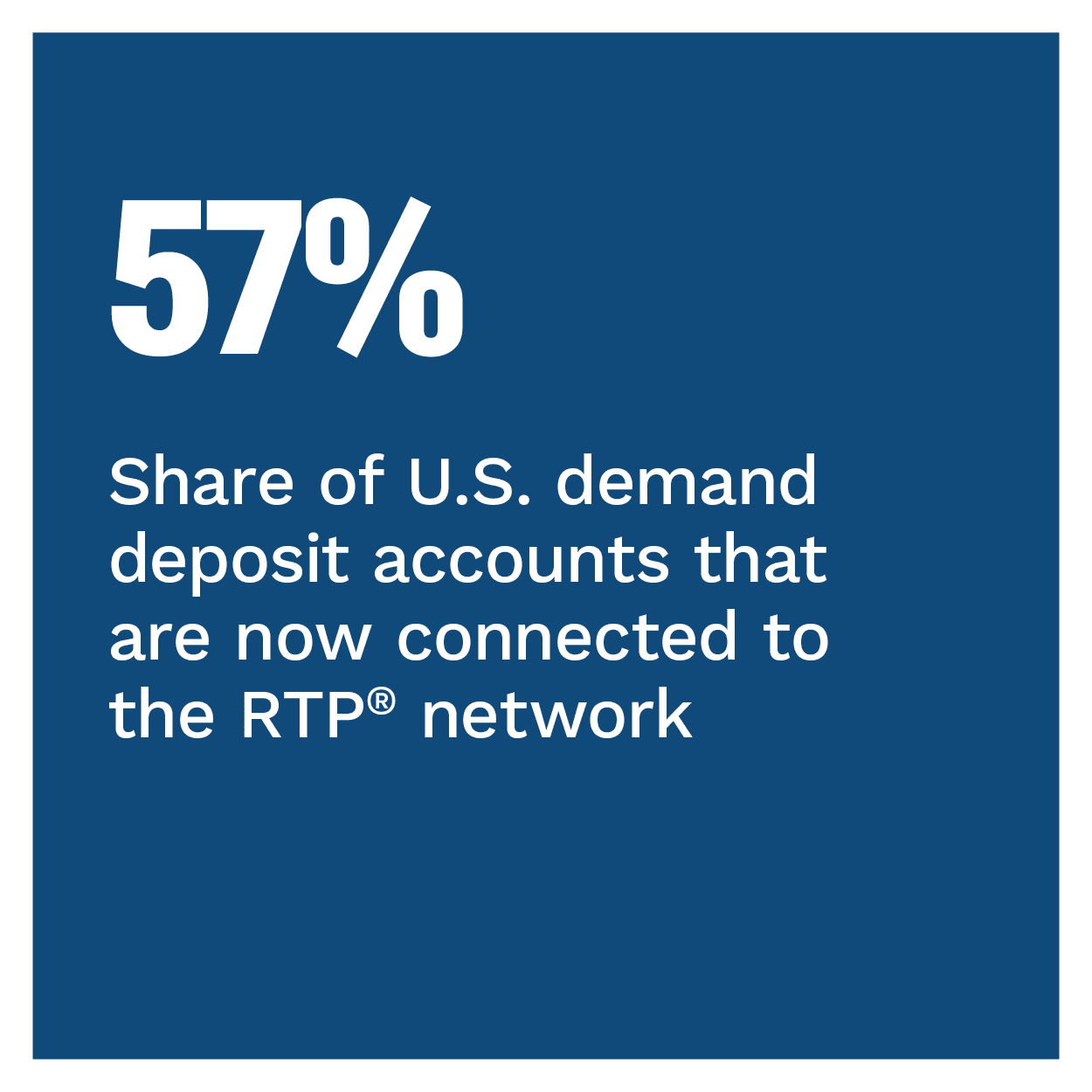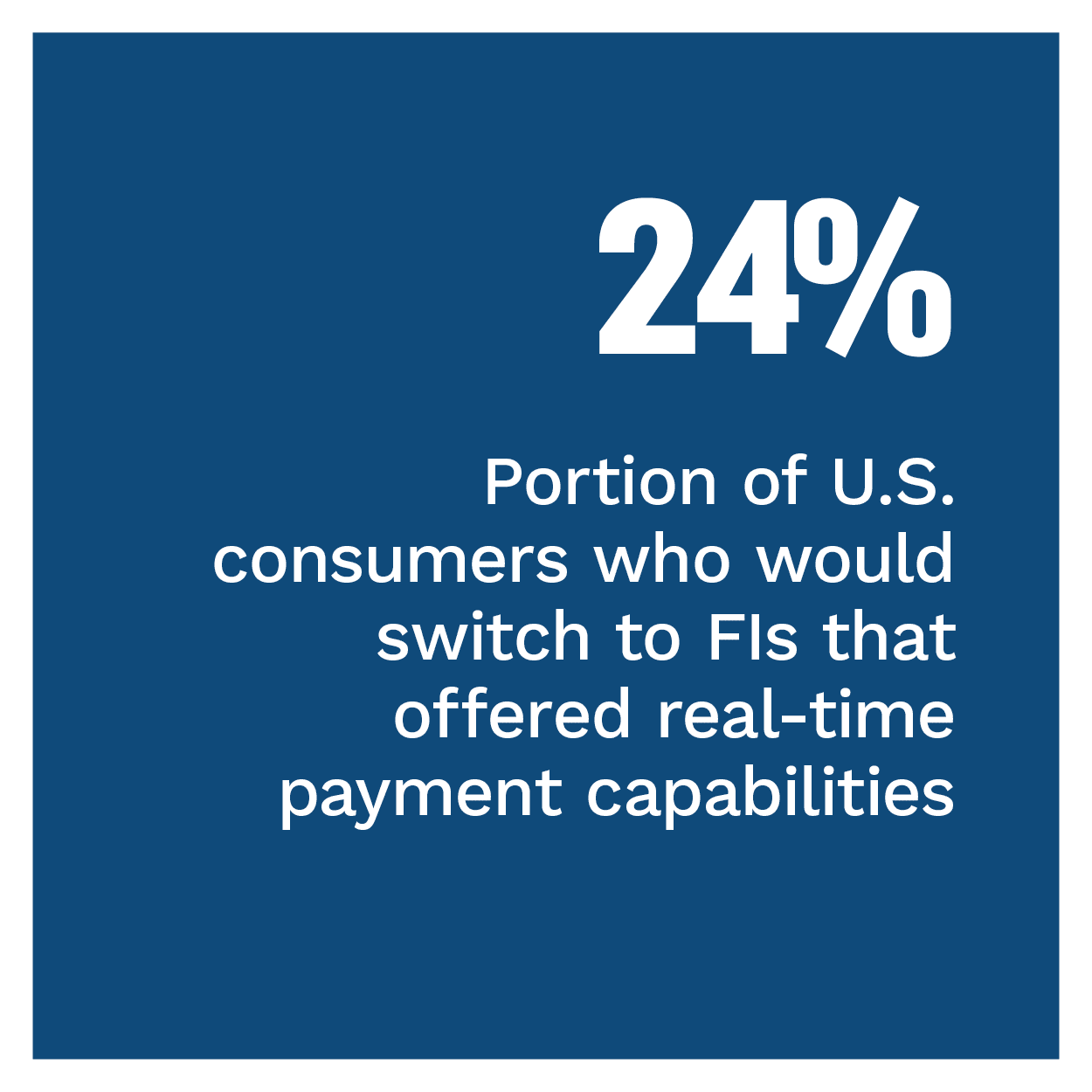Bank Independent Rides Real-Time Rails To Compete With Big Banks

 The pandemic has accelerated real-time payments’ (RTP) expansion, with businesses, banks and consumers seeking ways to send and receive funds as swiftly and as easily as possible. Approximately 150 financial institutions (FIs) are now integrated with The Clearing House (TCH)’s RTP® Network, indicating both an increased desire for and a growing familiarity with real-time payment capabilities in the country. The U.S. Federal Reserve is looking to enter the real-time payments arena with the launch of its FedNow service to launch in 2023, meanwhile. The launch could expand real-time payments’ availability for FIs, merchants and consumers, but broader adoption will hinge on the goal of interoperability be
The pandemic has accelerated real-time payments’ (RTP) expansion, with businesses, banks and consumers seeking ways to send and receive funds as swiftly and as easily as possible. Approximately 150 financial institutions (FIs) are now integrated with The Clearing House (TCH)’s RTP® Network, indicating both an increased desire for and a growing familiarity with real-time payment capabilities in the country. The U.S. Federal Reserve is looking to enter the real-time payments arena with the launch of its FedNow service to launch in 2023, meanwhile. The launch could expand real-time payments’ availability for FIs, merchants and consumers, but broader adoption will hinge on the goal of interoperability be tween FedNow and the existing RTP network. Failing to do so could add frictions that could erode trust and the future growth of both networks.
tween FedNow and the existing RTP network. Failing to do so could add frictions that could erode trust and the future growth of both networks.
The April Real-Time Payments Tracker® explores the growth of real-time payments in the United States and how it could develop amid interoperability — or lack thereof.
Around The Real-Time Payments World
Britain’s ClearBank recently partnered with foreign exchange provider RationalFX to help the latter’s customers streamline their bank-to-bank transfers and offer more control over and visibility into such activities. In the announcement, ClearBank plans to loop both RationalFX and the latter’s sister company, Xendpay, into the U.K.’s Clearing House Automated Payments System as well as its Faster Payments Service (FPS).
U.S.-based PNC bank recently joined the Clearing House Interbank Payments System (CHIPS). CHIPS’ settlement algorithm supports faster and more secure real-time payments, and PNC Bank bel ieves that this collaboration will not only reduce its operational risks but also help clients access their funds sooner, improving customers’ experiences.
ieves that this collaboration will not only reduce its operational risks but also help clients access their funds sooner, improving customers’ experiences.
More than 70 billion real-time payments were processed around the globe last year — a year-over-year jump of 41 percent. This trend is expected to continue, as a recent report predicted a compound annual growth rate (CAGR) of nearly 24 percent for real-time payments between 2020 and 2025.
Find out more about these and other recent headlines in the Tracker.
Examining The Potential Impact Of Real-Time Payment Interoperability
Interest in real-time payments adoption has been on the rise in the United States, with 110 banks and payment processors joining the Federal Reserve’s FedNow pilot program. Alabama-based community bank Bank Independent is one such participant taking a wait-and-see approach on whether FedNow delivers on its promises of a ubiquitous real-time payment network that will help level the playing field between large FIs and small community banks. In this month’s Feature Story, Kelly Burdette, senior vice president of product and delivery for Bank Independent, discussed the expected impact of real-time payment rail interoperability and what it would mean for the banking space.
Check out the story in the Tracker.
Deep Dive: Why Allowing For Network Routing Choice Is Crucial For Real-Time Payments Ubiquity
Real-time payments’ availability has advanced rapidly over the past few years, with many account holders reaping re al-time rails’ benefits when they send or receive money. For real-time payment networks rails to succeed across the country, they must achieve interoperability and ubiquity. These networks will need to engage in transparent dialogue to achieve this. The Deep Dive examines why real-time payment rail routing choice is important for FIs and for other payment players as well as how financial entities can marshal key strategies to overcome the barriers that could prevent these systems from working together.
al-time rails’ benefits when they send or receive money. For real-time payment networks rails to succeed across the country, they must achieve interoperability and ubiquity. These networks will need to engage in transparent dialogue to achieve this. The Deep Dive examines why real-time payment rail routing choice is important for FIs and for other payment players as well as how financial entities can marshal key strategies to overcome the barriers that could prevent these systems from working together.
Read more in the Tracker.
About The Tracker
The Real-Time Payments Tracker®, a PYMNTS and The Clearing House collaboration, examines how immediate payment systems are developing worldwide.